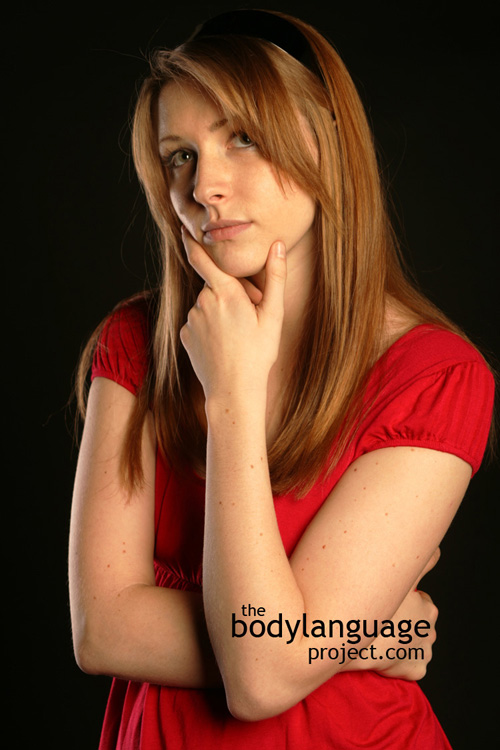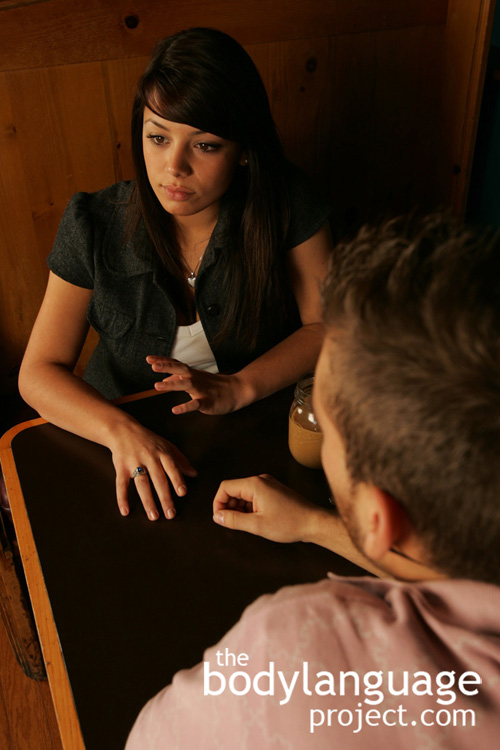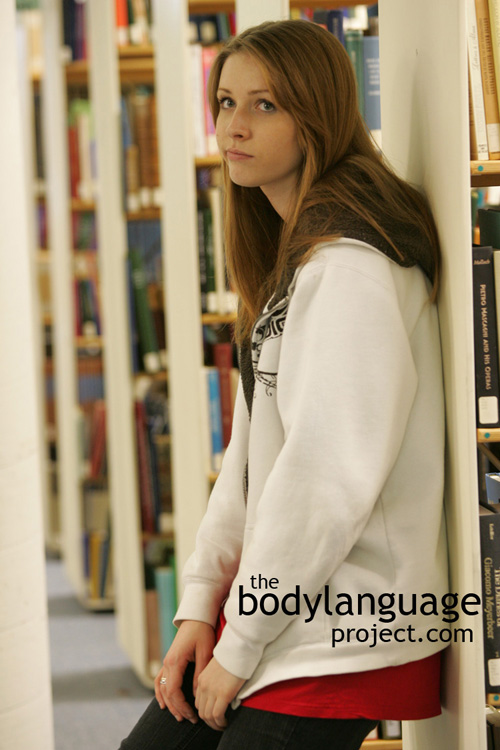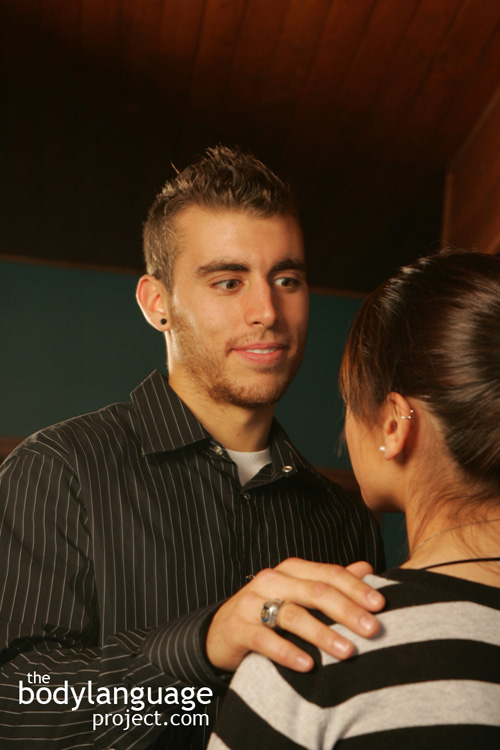
Scary!
Research shows us that a steady stare of more than ten seconds creates anxiety and discomfort especially in subordinates. When done on more dominant individuals it can lead to feelings of aggression and in extreme cases, even physical altercations.
Holding eye contact for slightly longer than normal can send a powerful message. When looking at strangers, it’s a common courtesy to look away when the eyes meet, at least after a few milliseconds have elapsed. Staring is only permitted while looking at inanimate objects (and celebrities). By holding an extended or even unblinking gaze toward strangers, we are telling them that we think of them no more important than objects, a phenomenon celebrities know only too well. Naturally, eye contact and staring means one thing to men, and something else entirely to women. When the sexes stare at each other, it’s usually due to competitiveness or envy, as in, sizing up the competition and other times out of pure curiousity. When the sexes stare at each other, it’s usually driven by sexual interest, however, women are far less prone to staring in any case.
We covered proper eye gaze patterns in an earlier chapter and saw that the intimate gaze happens when the eyes travel around the face and body of someone we care about. Staring, on the other hand, is unmoving. The eyes are piercing and intense, unblinking, and seem to want to penetrate the eyes of another. An aggressive stare is even more intense and happens by narrowing the eyelids creating a deep focus. Second to the unblinking eyes is the “slow blink”. This one can be imagined, but must really be seen to understand its true intensity. While a slow blink done with a tilt of the head can appear alluring when done by an attractive woman, it does nothing to arouse positive emotions when done head on. The slow blink is intensified by tilted the head forward revealing the crown, and especially intense when the head is tilted backwards while looking down at an opponent “through” the bridge of the nose. The final cue in the slow blink cue cluster is pursed lips and the cue cluster, as a whole, signals disapproval and contempt.
You’ve probably never made conscious the universal “stare test” but it goes something like this. First you use proper eye language cast around a busy room, perhaps a grocery store, horizontally focusing on whatever is of interest. By accident, you make eye contact with someone and to show that you are no threat, you quickly shift your eyes to the left or right and continue a normal eye pattern. If no “eye flash” happens, as we saw earlier, we understand them to be a stranger. To make sure you haven’t been targeted by eye assault, you return your gaze after a few moments to see if that person is still fixated on you. If they are, you drop eye contact again, but then quickly look back. If eye contact is met again, this will set you on alert, and so you begin a very minor fight or flight response by keeping your distance. At a subconscious level you have identified a possibly dangerous individual.
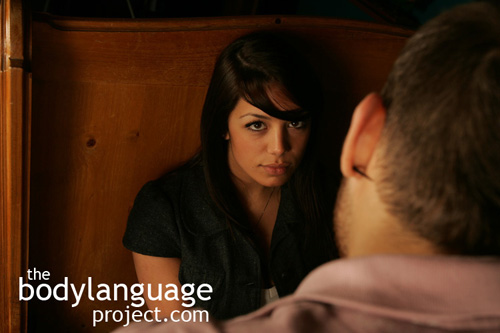
This isn’t going well – she looks right through him.
We call the appropriate eye contact that doesn’t violate someone’s privacy the “moral looking time.” This is the length of time gaze is permitted before creating anxiety through offensiveness and in strangers is usually only one or two seconds. To be sure that you aren’t still being assaulted by someone else you will usually repeatedly look in the direction of the person who caught your eyes several times, and at random intervals. This is because we all subconsciously realize that the other person is measuring the same threat in us, as we are in them. If their eyes are continuously met with yours, you will show aggressive or “rude” facial expressions as a warning to cease eye contact. Women do this type of expression best and we call them “dirty looks.” They are meant to indicate a desire to be left alone, and that conversation and approaching is not welcome. Other times, women will know that staring is taking place but will purposely avoid eye contact. Just because a dirty look hasn’t been given, does not mean she hasn’t noticed, and does not mean that staring is welcomed. When eye contact is avoided, and gaze pattern rules aren’t properly engaged, the intent of this message is the same, give women space and don’t stare!
